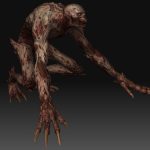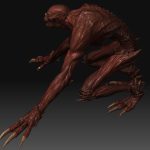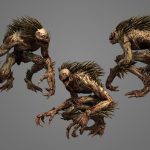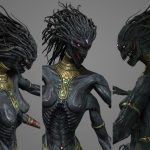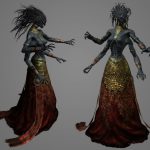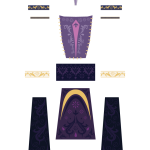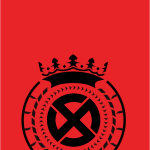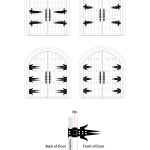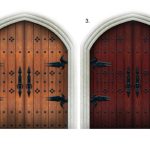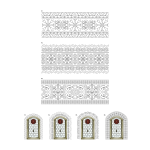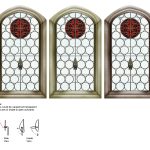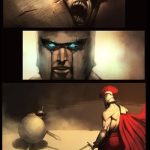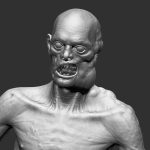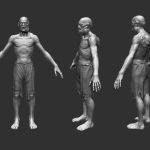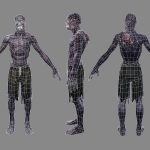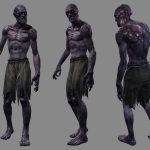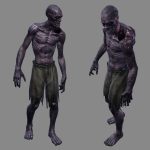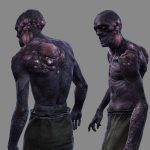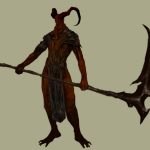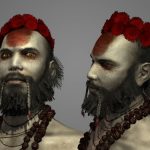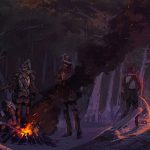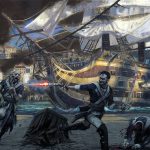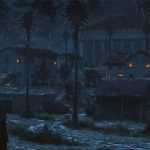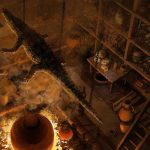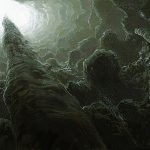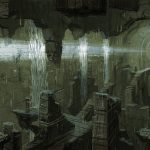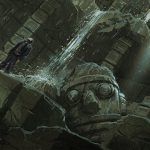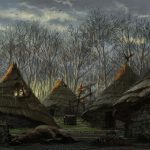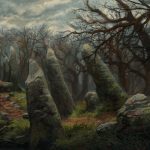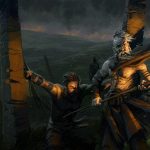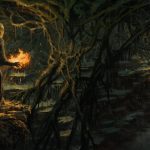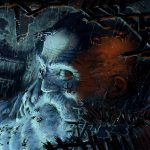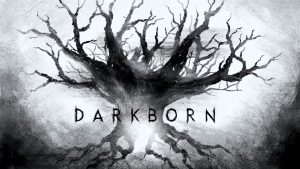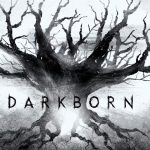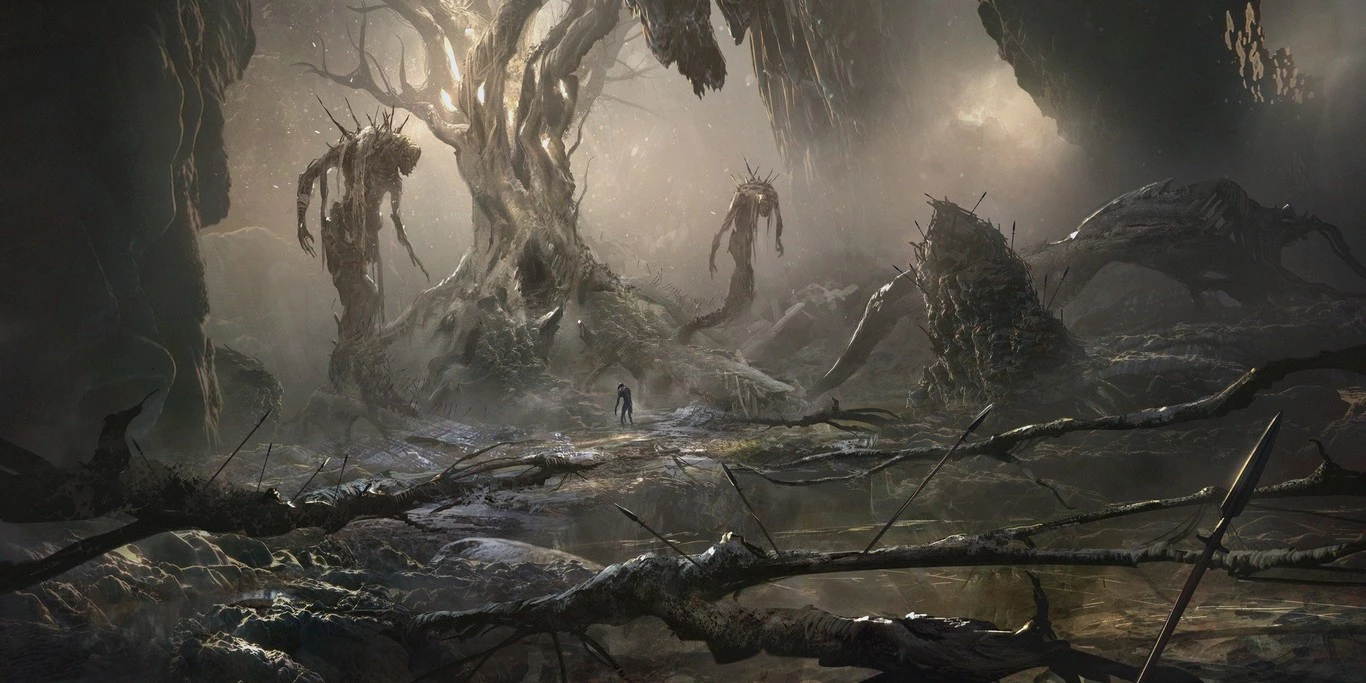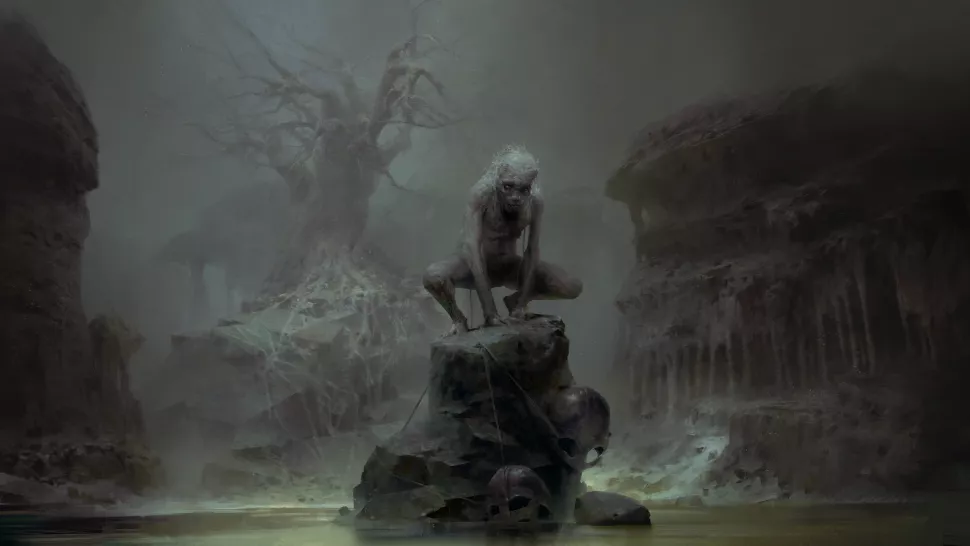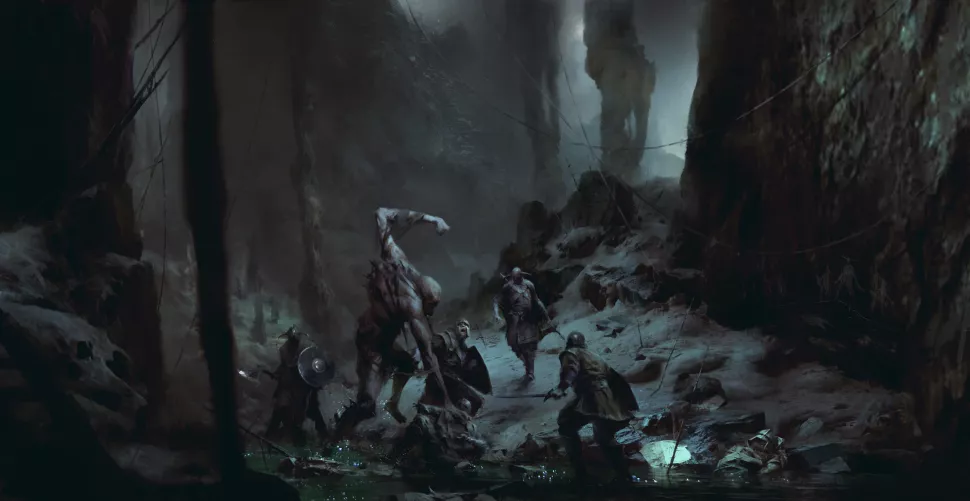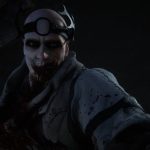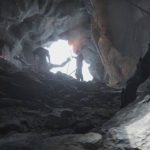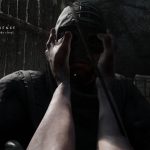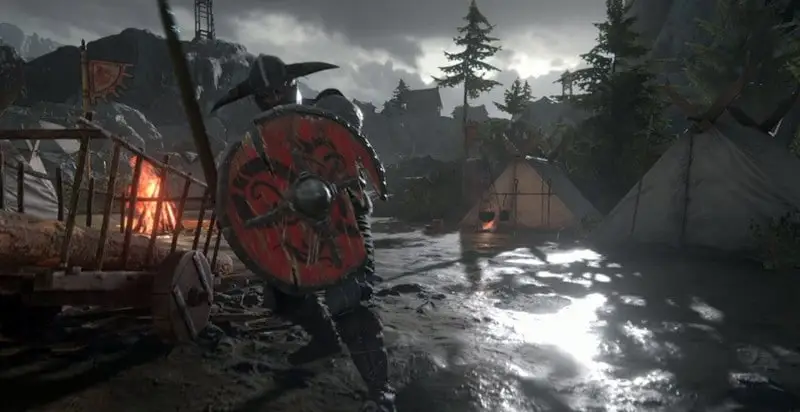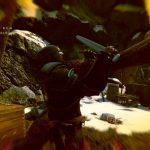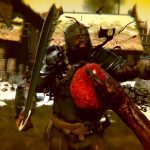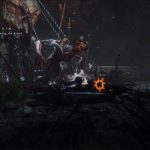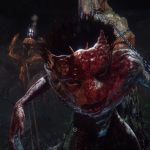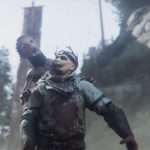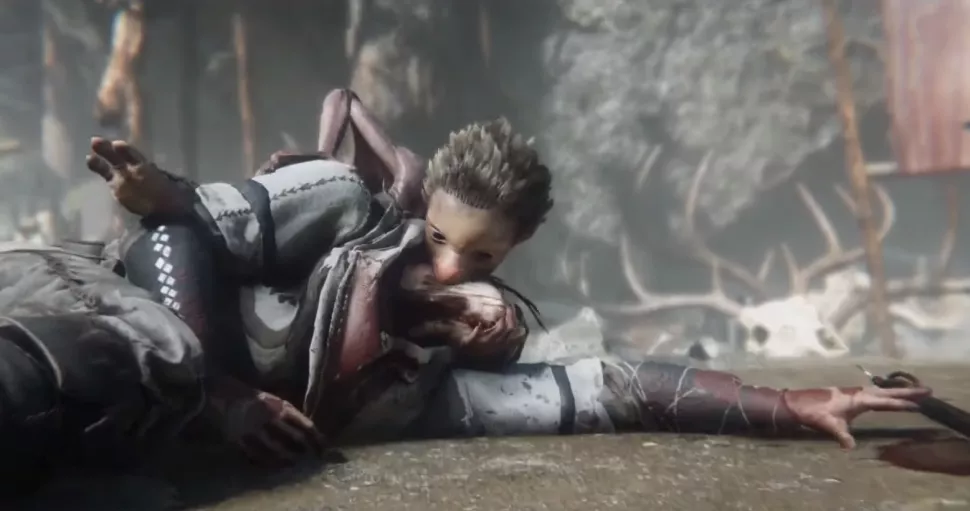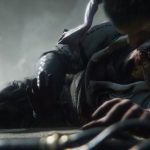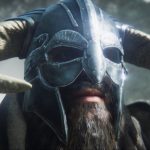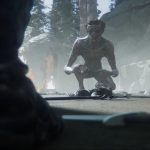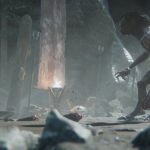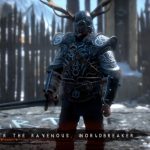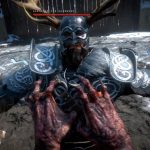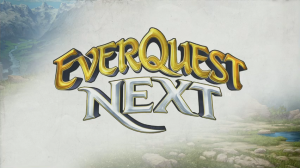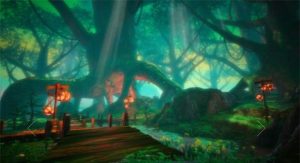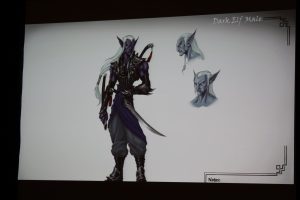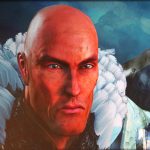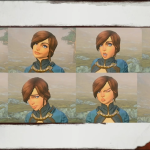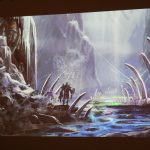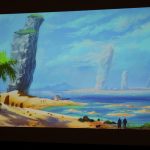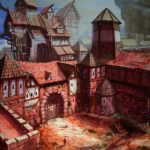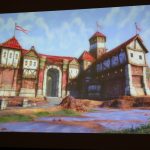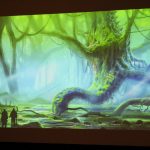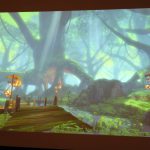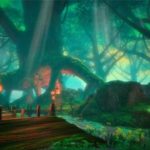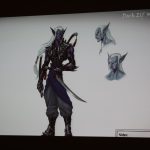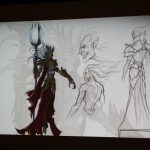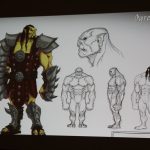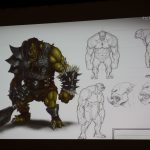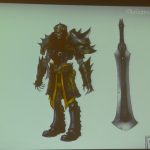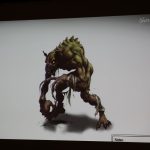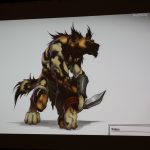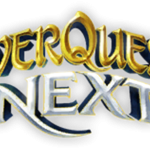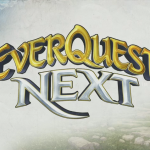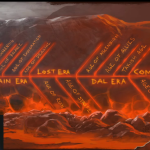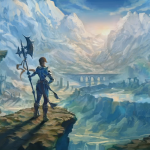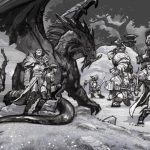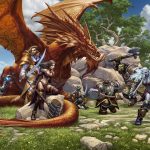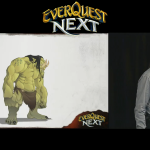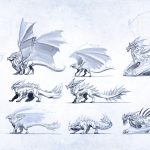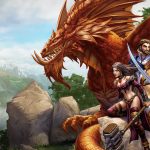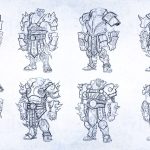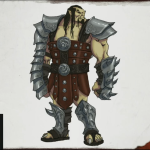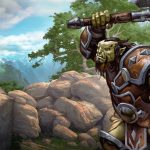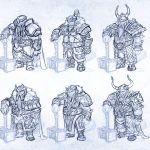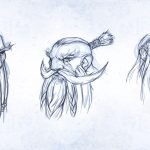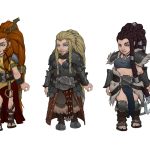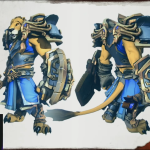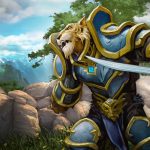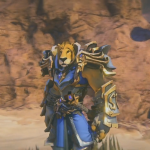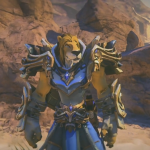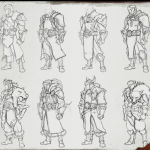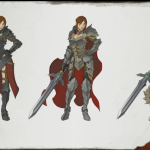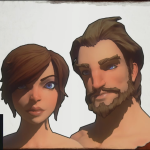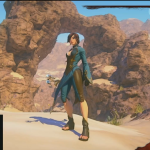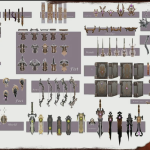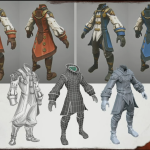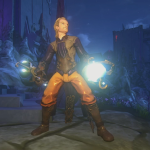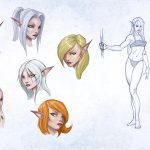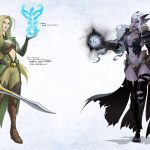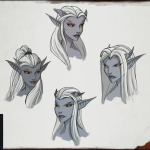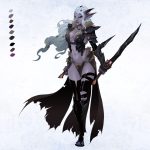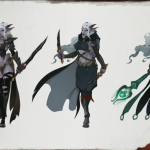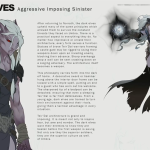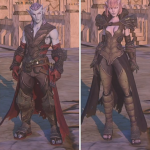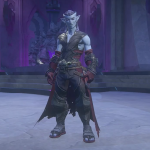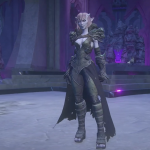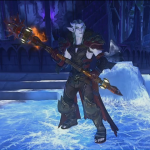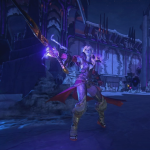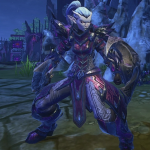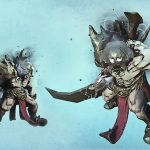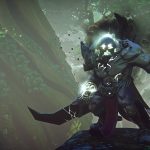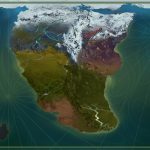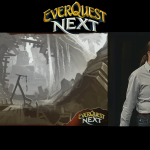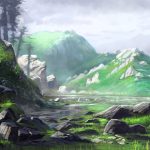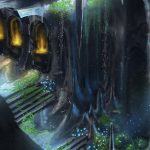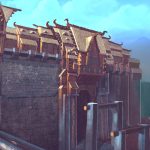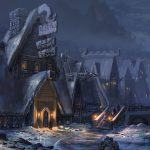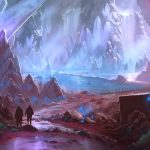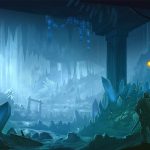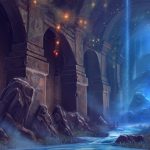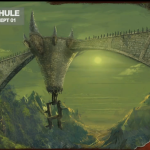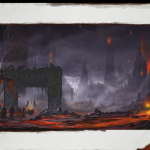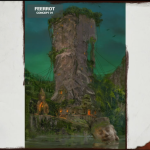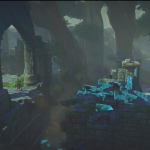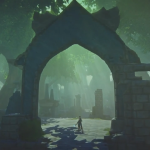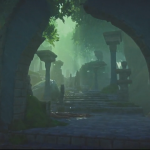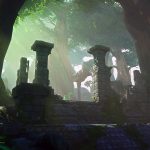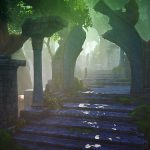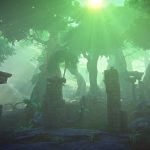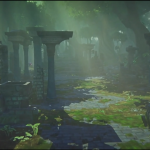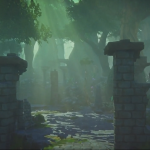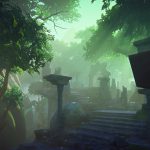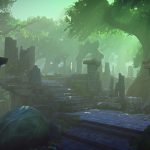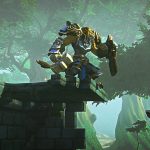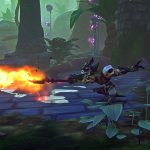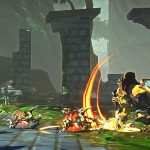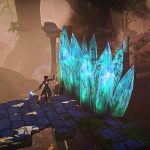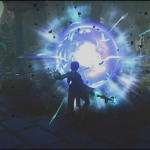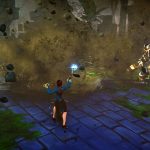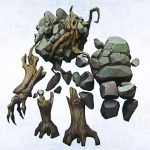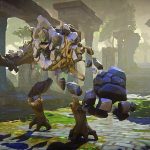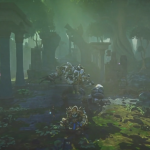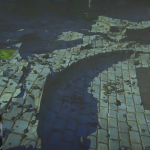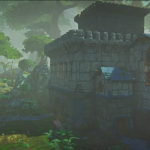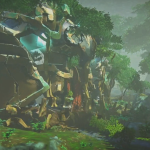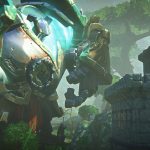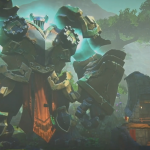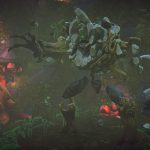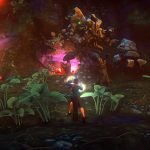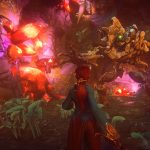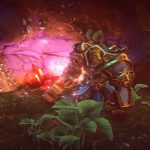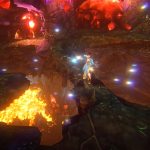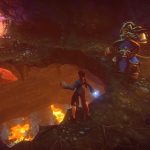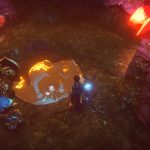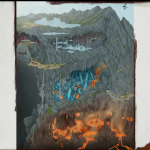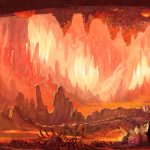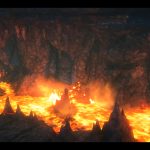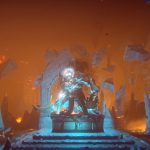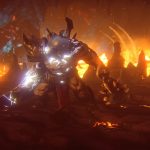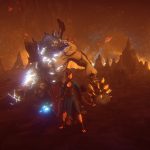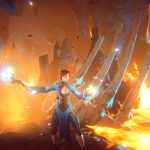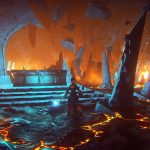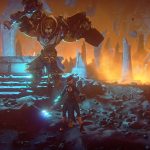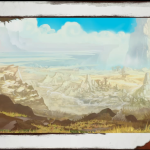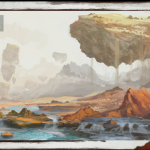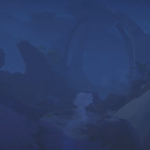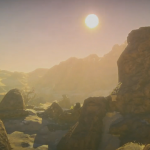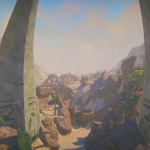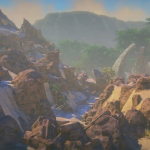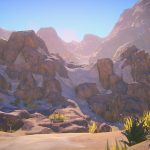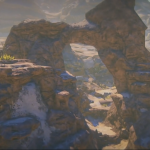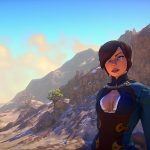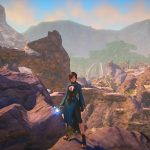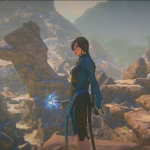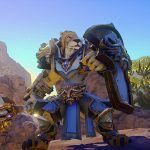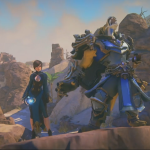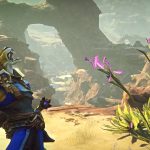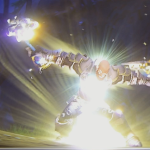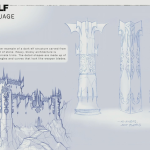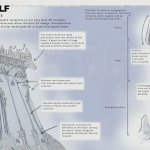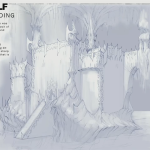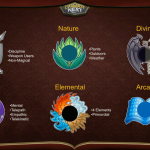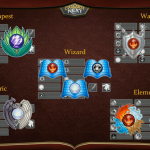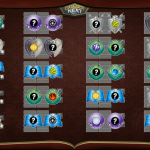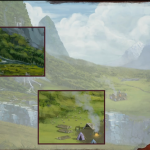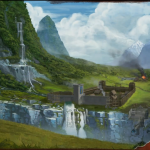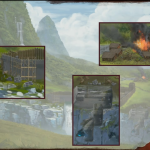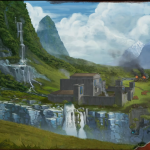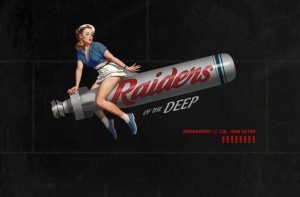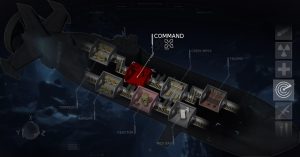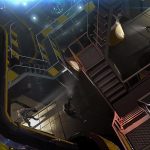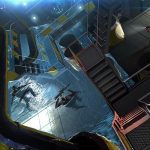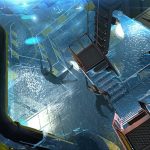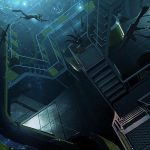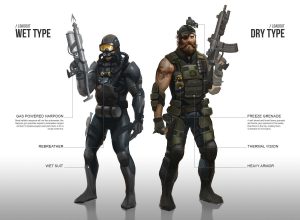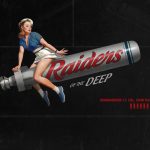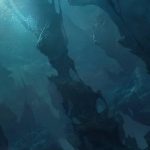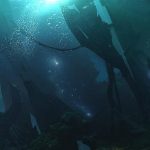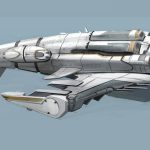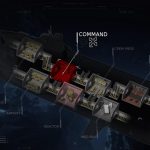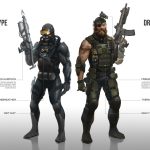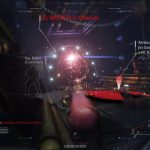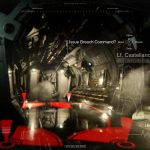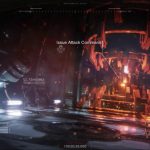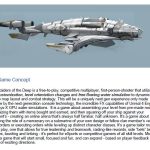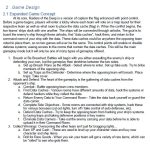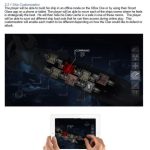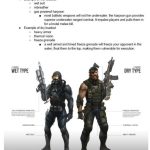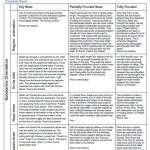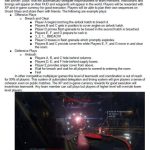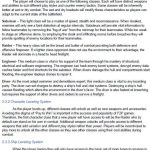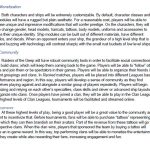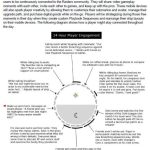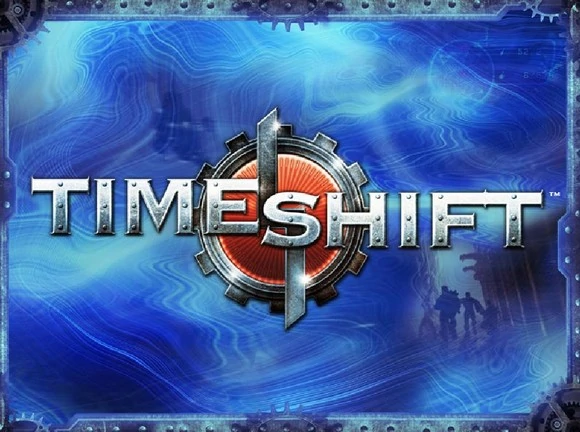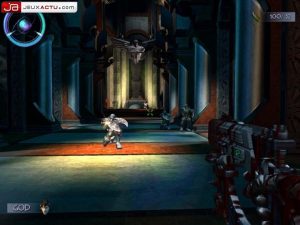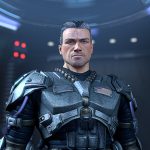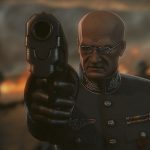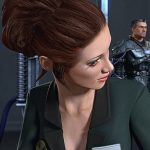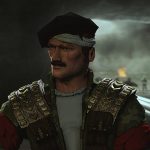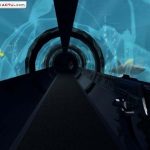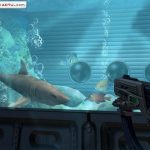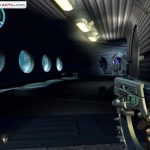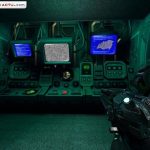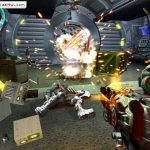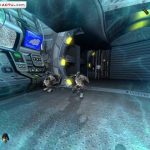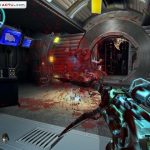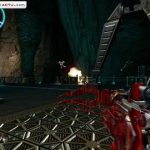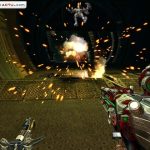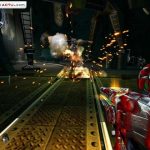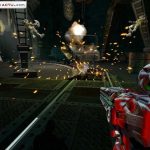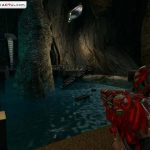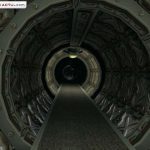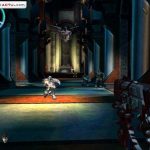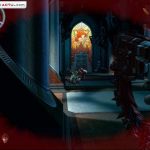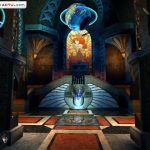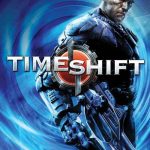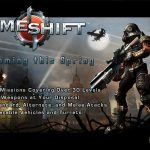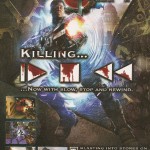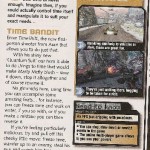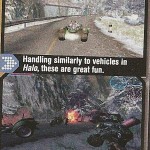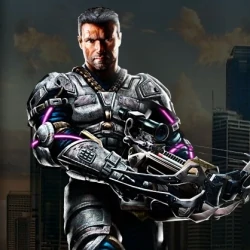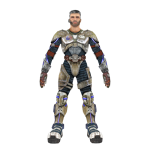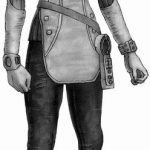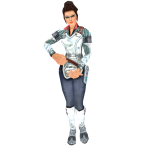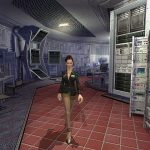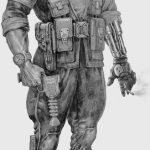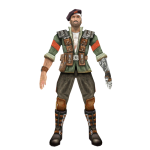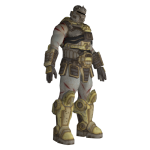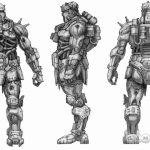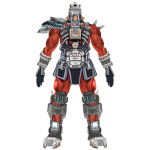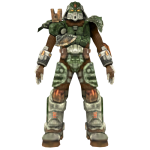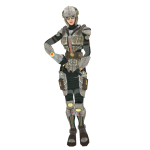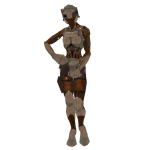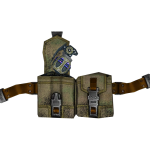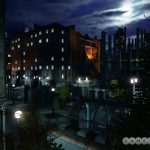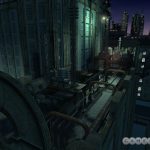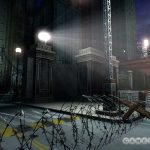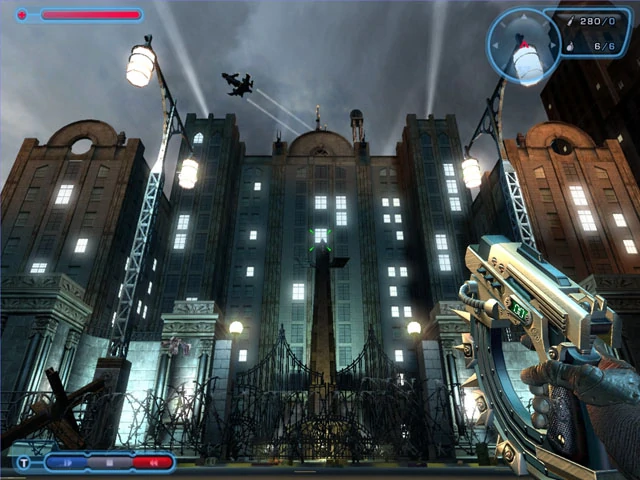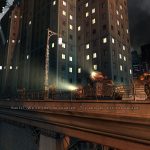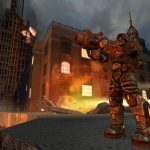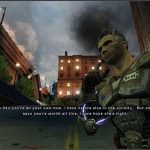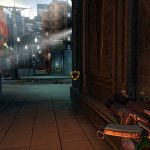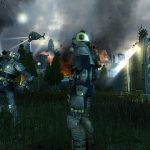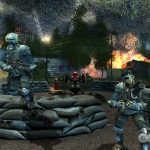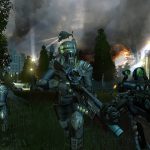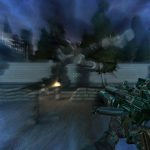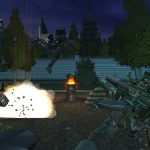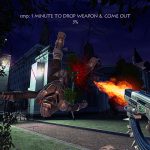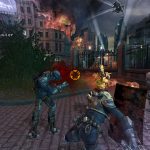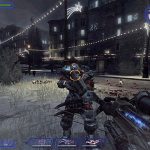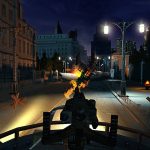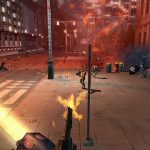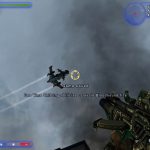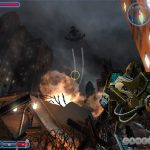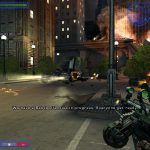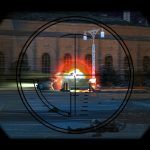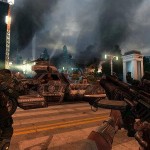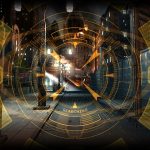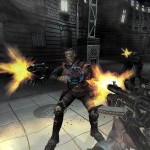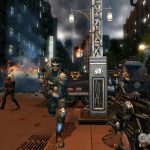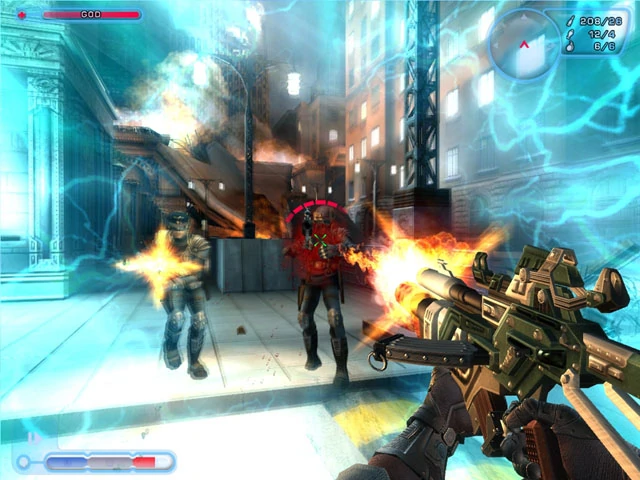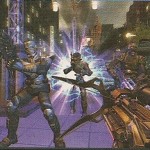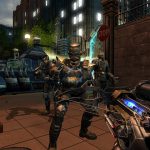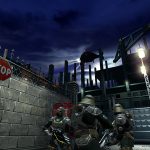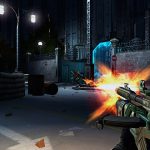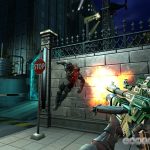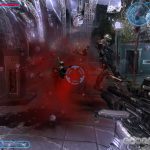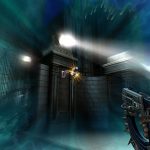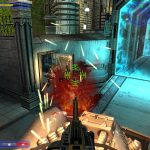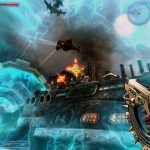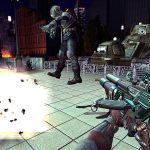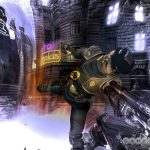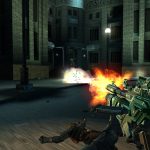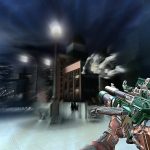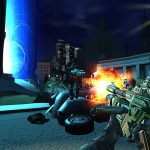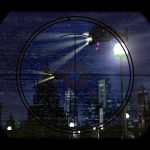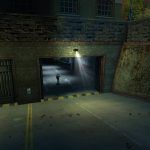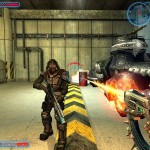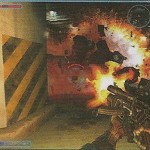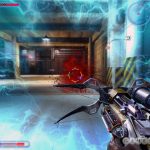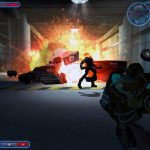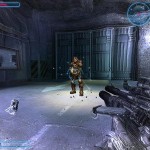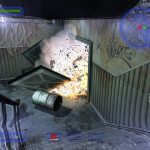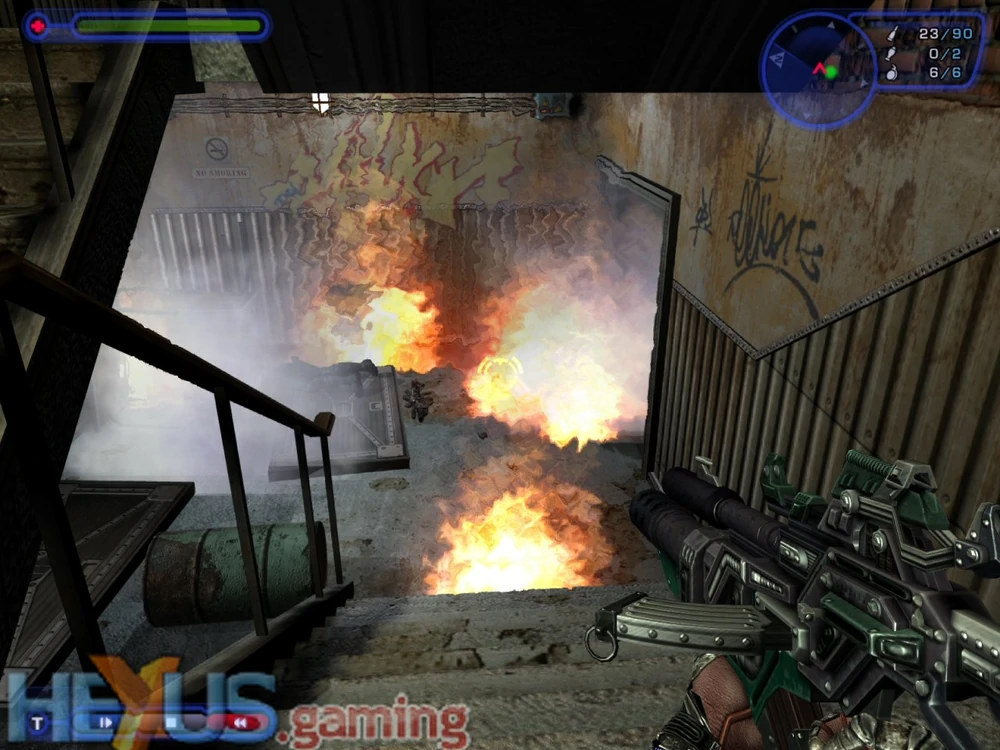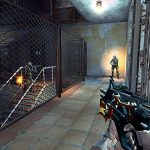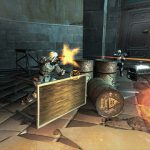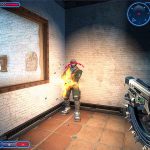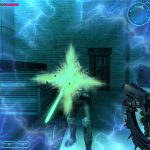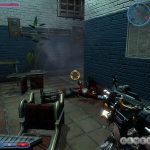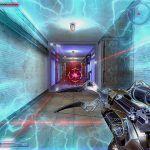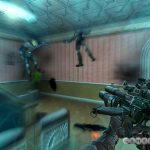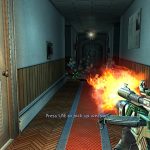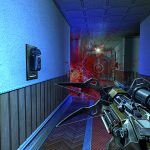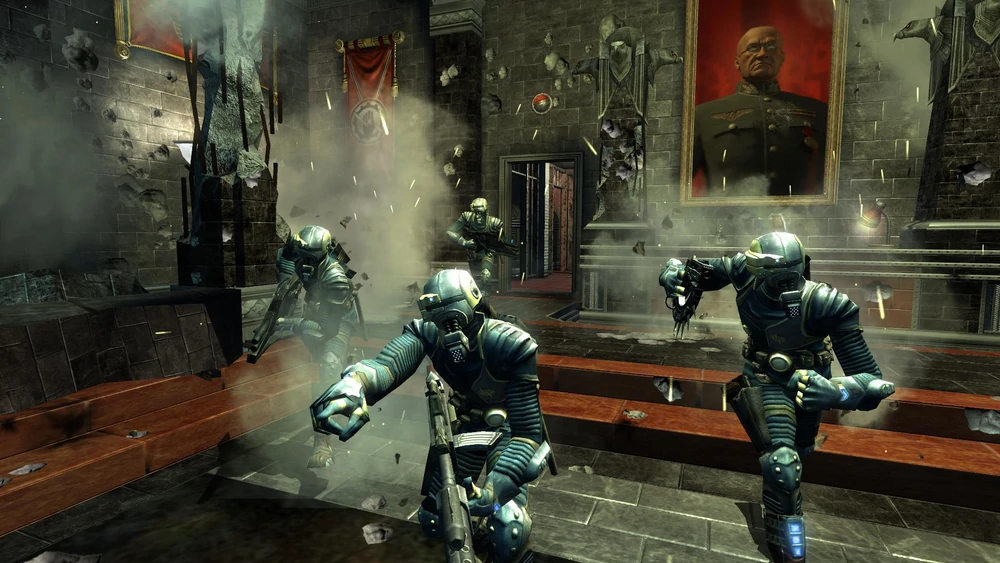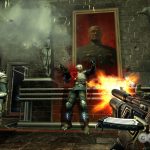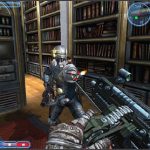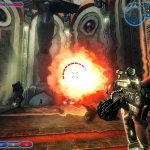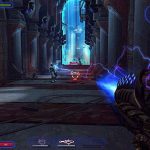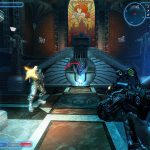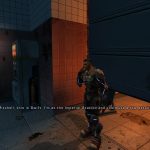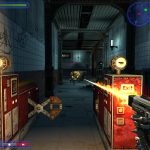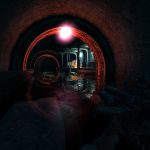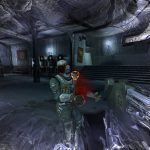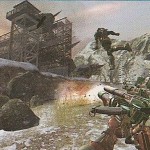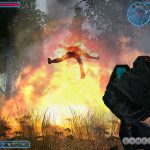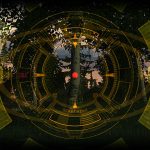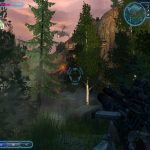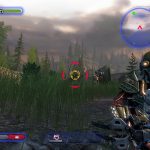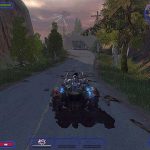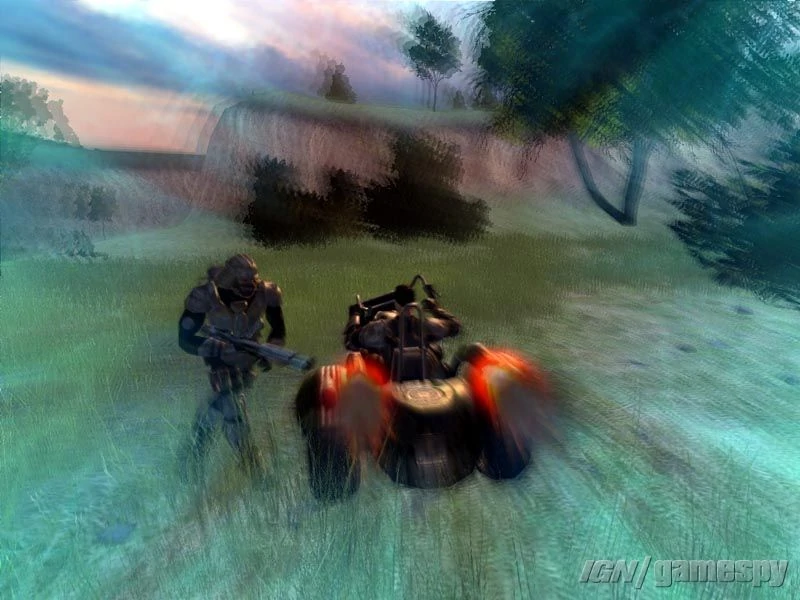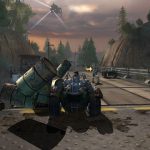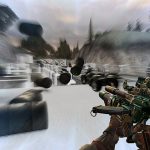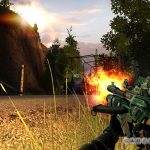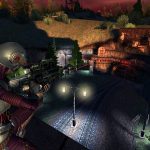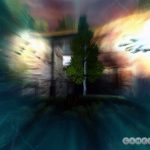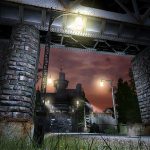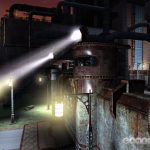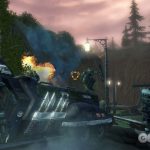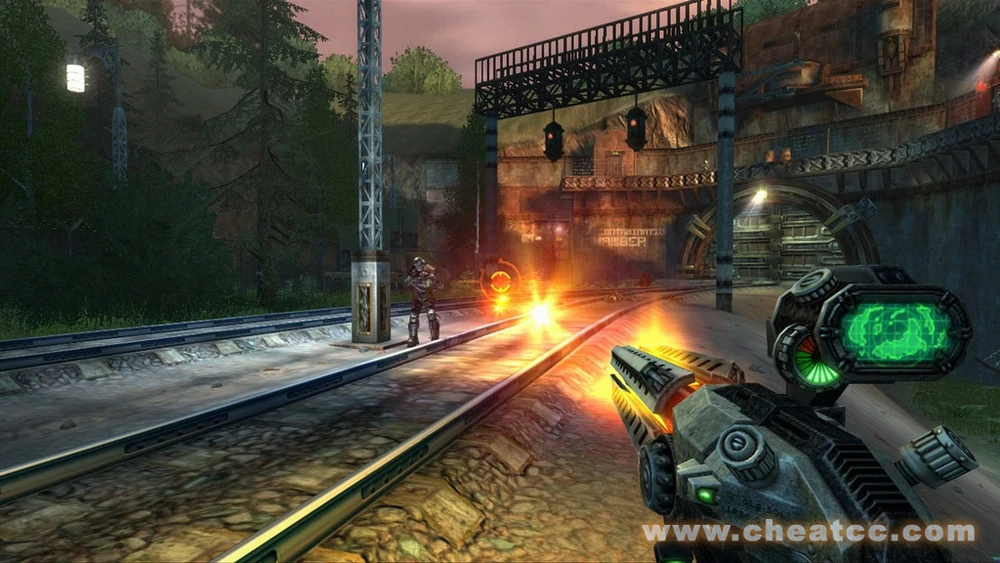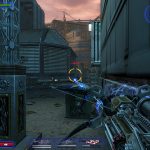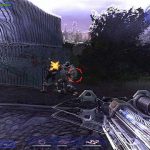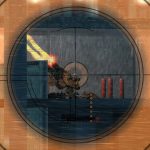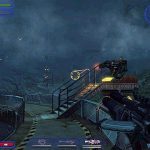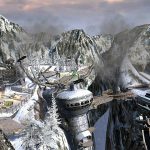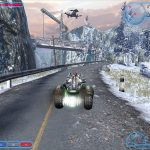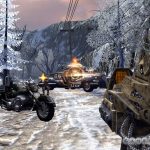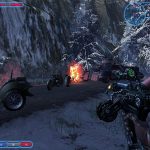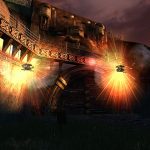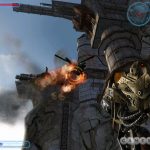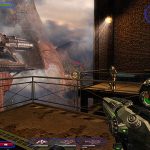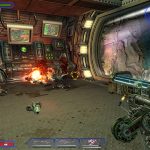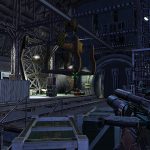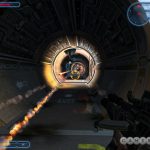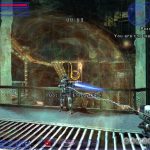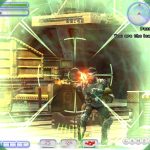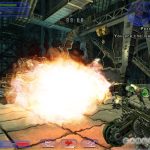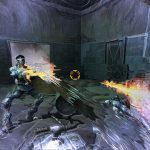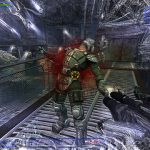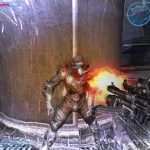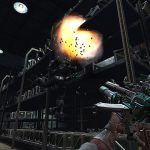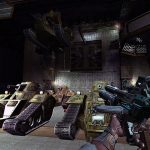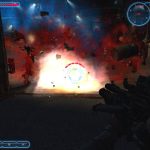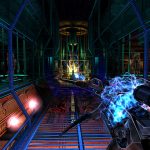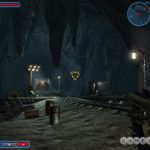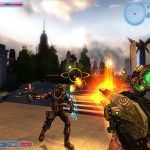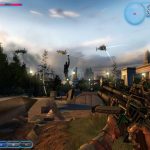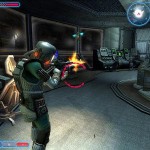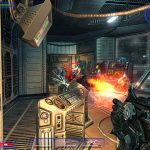Eternal Darkness 2 is a canceled Survival-Horror action/adventure game developed by Silicon Knights from 2009 to 2012, for Wii U, Xbox 360, and Playstation 3. It was the sequel of Eternal Darkness: Sanity’s Requiem, released in 2002 for the GameCube.
Few information regarding Eternal Darkness 2 are currently available as the game was officially confirmed after its cancellation in an article from Kotaku, dated from October 2012, about the difficult development of what became the last game from Silicon Knights, X-Men: Destiny.
First rumor surrounding Eternal Darkness 2 came into light in November 2011 when some media hinted that the development of the game could have began on the Wii U:
Silicon Knights cuts force team to refocus on “one of its most requested titles for the next generation.”
Massive staff cuts hit the X-Men: Destiny developer Silicon Knights last week, slashing the Canadian developer nearly in half after a publisher, that remains unnamed, pulled out on a project the team was working on.
The project in question, which also remains unnamed, is still in development according to developers. A Silicon Knights spokesperson has said recently however, that “the company is currently refocusing and returning to its roots, working on one of its most requested titles for the next generation.”
While the name Eternal Darkness 2 has not been mentioned, it seems the most likely candidate for a next generation revamp and a perfect fit for the Wii U controller. Despite vast amounts of love for the original, Eternal Darkness has never seen a follow-up, but this could be the news we’ve all been waiting for.
In March 2012, the same article got a little update:
Silicon Knights boss Denis Dyack mentioned in a recent GI interview that his studio is working on their most requested game, another strong hint Eternal Darkness 2 is in development for the Nintendo Wii U.
To quote: “We’re really excited and we’re working on our next generation stuff. We’re working on an IP that’s our most requested and we’re really excited about that. We’re going back to our roots. I’m really looking forward to a point in time when we can talk about it.”
A few month later, in June 2012, another rumor came about possible cancellation for Eternal Darkness 2. Initially coming from NeoGaf’s user Shiggy, it seems that the loss of the infamous lawsuit between Silicon Knights and Epic Games regarding the use of the Unreal Engine 3 during the development of Too Human was the main reason.
For those unfamiliar with the story, here is a summary:
In July 2007, Silicon Knights sued Epic after experiencing issues with the development of the Unreal Engine 3 on Too Human:
According to the suit, which seems more than $75,000, Epic Games misrepresented the abilities of their Unreal Engine 3 when selling the license agreement to Silicon Knights. The suit says that Epic failed to “provide a working game engine” to Silicon causing them to “experience considerable losses.”
The developer was rumored to be experiencing problems with the Unreal Engine platform last summer, but later denied speculation it was dropping the platform and commented that the game was still “progressing very well.” Silicon Knights eventually decided to drop the Unreal engine and instead build their own, according to the suit.
Silicon also claims that Epic has been “sabotaging” Silicon Knights efforts to make a game by using the money earned from their licensing deals to make their own games rather than to provide support for their engine to Silicon and other licensees.
In a nutshell, SK claims that Epic used a slicker version of their Unreal Engine for Gears of War and released a hamstringed version to SK and others, in order to show them up at E3. They also failed to release the Gears version until much more recently, SK claims. They also claim that Epic made several very specific statements about what the engine could do, but which it was never able to deliver on including the number of on-screen characters and lighting effects.
The suit is based on a dozen causes of action including fraud, negligent misrepresentation, intentional interference with contractual relations, intentional interference with prospective economic advantage, breach of warranty and a violation of North Carolina’s unfair and deceptive trade practices act.
The suit also says that Epic missed the deadlines for providing both the 360 and PS3 engines. Finally, the suit alleges, the SK gave up on the engine and built their own, which is what Too Human use.
Further information regarding the contention could be viewed here:
A key point of contention is the E3 demo of Too Human, which was not well received – the suit alleges: “The final development kit for the Xbox 360 was released by Microsoft in early September, 2005, meaning that Epic was obligated to deliver a fully operable version of the Engine to Silicon Knights by no later than March, 2006.” “That delivery date is significant, since compliance by Epic would have given Silicon Knights time to prepare an appropriate demonstration version of its Microsoft Xbox 360 game, Too Human, for the very important industry trade show, E3, two months later in May, 2006.” It continues: “Epic apparently was able to achieve a very useable version of the Engine for the Xbox 360 – the version that it kept to itself, for use only on its Gears of War game (as discussed below), to the detriment of Silicon Knights and Epic’s other licensees, as set forth in more detail below. Epic’s plan to avoid its obligations and hoard all of the necessary functionalities not only harmed Silicon Knights and all of Epic’s other licensees in the industry, but also gave Epic a clearly unfair advantage in the industry.” How so? “That advantage was nowhere more evident than at E3 2006, where Gears of War was awarded “Best Game in Show” and garnered nothing but laudatory press. By contrast, Silicon Knights – one of the only other [Unreal Engine 3] developers to publicly display a playable demonstration of its game – saw Too Human roundly criticized in the videogame press for its technical problems and generally unpolished appearance. The damage to Silicon Knights caused by Epic’s misconduct was manifest, because E3 attendees were able to compare Too Human with another game running ostensibly the same game engine, Gears of War, with vastly superior results.”
Less than a month later, Epic countersued Silicon Knights for copyright infringement, misappropriation of trade secrets, and breach of contract:
Silicon Knights claimed that Epic breached its contract and failed to deliver a workable version of the engine on time, forcing the developer to start building its own engine for Too Human, and delaying the game in the process.
Epic has returned fire: Yesterday the company filed a motion to dismiss the original suit, and then filed its own countersuit against Silicon Knights. In its defense, Epic said that Silicon Knights failed to show that the company misrepresented the truth or ever intended to deceive the developer.
It also took issue with Silicon Knights’ portrayal of some terms in the licensing agreement. While the original suit claimed that Epic had committed to delivering a working engine for the Xbox 360 and PlayStation 3 within six months of each system’s final development kits being sent out, the motion to dismiss claimed that Epic was obligated merely to “demonstrate” that the Unreal Engine 3 would run on the Xbox 360 by March of 2006. The motion made no mention of the PlayStation 3 deadline.
Regardless of how the judge rules on the motion, there’s also Epic’s counterclaim to sort through. In short, Epic accused Silicon Knights of trying to steal the Unreal Engine 3 technology.
“Indeed, the plain language of the Silicon Knights’ complaint makes clear that Silicon Knights wants to take Epic’s licensed technology, pay nothing for it, and use it any way it pleases,” the counterclaim reads.
According to Epic, Silicon Knights had full access to the Unreal Engine 3 code and support network for an evaluation period of roughly nine months before it entered into the license agreement. The developer also got a break on the regular licensing fee because it committed to use the engine exclusively for all of its Xbox 360, PS3, and PC games.
As such, Epic accused Silicon Knights of breaching the contract by creating its own engine for Too Human and developing the game–and a second game with Sega–using that new engine. Additionally, Epic sued the developer for copyright infringement because Silicon Knights said in its original suit that the new Too Human engine was based on Unreal Engine 3.
Epic said the new engine is an unauthorized, derivative work that violates its licensing agreement and constitutes a misappropriation of its trade secrets. It also noted in the months prior to the countersuit that Silicon Knights accessed “virtually all” of the Unreal Engine 3 documentation that Epic makes available to partners online, “consistent with an effort to archive documentation for use outside the scope of the license agreement.”
Epic is seeking damages in excess of $650,000, as well as an order that any code or games that infringe on its copyright be destroyed. Only Silicon Knights’ next project after Too Human–the as-yet-unannounced game to be published by Sega–is referenced directly in the copyright-infringement claim.
The case was settled only in May 2012 with a victory for Epic Games:
Epic Games Wins Lawsuit Against Silicon Knights, Awarded $4.45 Million
Epic Games secured a significant victory today against Canadian company Silicon Knights when a jury in the U.S. District Court for the Eastern District of North Carolina found in favor of Epic on all claims.
The jury rejected Silicon Knights’ claim that Epic breached its Unreal Engine 3 license agreement with Silicon Knights. The jury also found in Epic’s favor on all of its counterclaims, namely that Silicon Knights breached the license agreement, misappropriated Epic’s trade secrets, and infringed Epic’s copyrights in the Unreal Engine 3 code. The jury awarded Epic damages totaling $4.45 million. Epic has 30 days in which to file a request to the court for reimbursement of attorneys’ fees and costs. The court previously had thrown out Silicon Knights’ fraud claims after nine days of testimony.
Now let’s go back to what really interests us here, with the rumor emanating from NeoGaf concerning the potential cancellation of Eternal Darkness 2. Here is what we could read on this subject in June 2012, only a dozen days after Silicon Knights lost its lawsuit against Epic:
In the wake of Epic’s victory in the Unreal Engine suit brought by Silicon Knights, Nintendo has apparently opted to halt development of Eternal Darkness 2. NeoGAF user Shiggy offers a summary of the situation, excerpts of which appear below.
“Last year, Silicon Knights and Nintendo started to work together once again on a new title. Based on the fact that they already had Wii U dev kits and also based on Dyack’s comments, it was Eternal Darkness 2.”
“So as already mentioned, the studio was solely dependent on Nintendo’s goodwill since late November 2011. But then the trial against Epic took place last week, and SK lost it. SK was ordered to pay 4.5 mio USD to Epic, and additionally they may need to pay for Epic’s legal fees. The company’s debt rose to a new level.”
“When Nintendo saw that they would need to pay an additional 10 million USD to have the company survive that develops the game, they didn’t seem to like it, especially as they wouldn’t get anything in return.”
“NCL reviewed its decision and it appears as if Eternal Darkness 2 is cancelled for now. Hence, many of the 40-man team were laid off, leaving the studio in limbo now.”
Needless to say, neither Nintendo nor Silicon Knights have commented on this issue one way or the other, and it is a distinct possibility that Shiggy’s appraisal is a hoax rather than a rumor. That said, and despite the absence of any corroborating evidence whatsoever, Shiggy’s description is eminently believable, and may prove to be entirely factual.
It is indeed difficult to know if this rumor coming from NeoGaf is to be taken seriously, even today. By the way, user Shiggy also shared some potential information regarding another cancelled Silicon Knights game which was The Crucible: Evil Within.
But whether this is true or not, the Kotaku article mentioned at the beginning of this article remains the real official source confirming that Eternal Darkness 2 was in development for a certain period:
All eight interviewees that I spoke with for this story say Silicon Knights was splitting its team between work on X-Men: Destiny, and work on a development demo.
What could it be? Too Human 2, perhaps, which Dyack has repeatedly promised that the studio intends to complete as a trilogy? Or perhaps the same Sega-funded project which was cancelled in 2009; a game code-named The Box, and later, The Ritualyst?
The answer is far more exciting: Eternal Darkness 2, which Kotaku can reveal that SK was working on in parallel to the Activision contract.
“SK didn’t take the development of X-Men: Destiny seriously the entire time I was there,” a source says. “They were working on an Eternal Darkness 2 demo that they could take to publishers. While I was there, they were even siphoning off staff from my team to work on it. Denis is not an X-Men fan either, so he didn’t care much for the license. To him, it seemed more like a job to get us by, until ED2 could be developed and sold to a publisher—which never happened.”
Another source said that “SK had about 60% of the development team working on X-Men: Destiny and the other 40% working on ED2. (…) This 60%/40% staffing estimate was backed up by multiple sources.
Yet despite this reportedly split effort, the ED2 demo also failed to come together in a satisfying way, sources said. “The farthest they got with it when I left SK was, literally, one two-level church interior,” says one former employee. “It was really bad, as I recall. It took the side-team a long time to even get that far. Bad tech, combined with a team composed of people who had not shipped a title since Metal Gear really hurt that demo. Other than that, I can’t explain why things went so poorly for them [except that] a lot of key people responsible for the original Eternal Darkness are long gone.”
The result coming from the loss of that lawsuit was a total disaster for Silicon Knights: all projects in development were definitively cancelled: The Sandman, Siren in the Maelstrom, Too Human 2 and 3 or even the mysterious King’s Quest alongside the already mentionned The Crucible: Evil Within and this Eternal Darkness 2. Denis Dyack left the studio in July 2012 to found Precursor Games with other former members of the company, while the rest were laid off. As of 2013, only 5 employees were still working within the studio:
Too Human developer Silicon Knights, still battling a $4.45 million judgment that favored Epic Games, is down to just a few employees, has closed its office and has sold off office equipment and game assets, Polygon has learned.
The company laid off most of its employees last summer, a source tells Polygon. Around the same time, a core group of Silicon Knights employees, including founder Denis Dyack, created a new studio: Precursor Games.
Precursor Games, formed about 30 miles west of the now-empty offices of St. Catharines, Ontario-based Silicon Knights, also purchased some of Silicon Knights’ assets, including art assets, desks, chairs and even computers, a move that spurred an examination by Epic Games attorneys, according to court records. The studio is attempting to fund development of Shadow of the Eternals, a spiritual successor to Eternal Darkness.
Precursor Games CEO Paul Caporicci told Polygon that Precursor has no relationship with Silicon Knights, but did verify that new studio purchased some of the old studio’s equipment.
“Silicon Knights was selling off extra assets to laid-off employees and we, along with others, purchased some of them,” Caporicci said. “Like so many others who have been laid off in this difficult economy, we are simply trying to turn a tough situation into something positive. This helps gives us an opportunity with Shadow of the Eternals to give the gamers something that have been wanting.”
Shadow of the Eternals was put on-hold after two failed attempts on Kickstarter.
In December 2012, NeoGaf’s member Mama Robotnik wrote a post-mortem of Silicon Knights and shared many pictures supposedly from various cancelled projects made by the studio. Regarding Eternal Darkness 2, it seems that the game was planned for Wii U, but also on Xbox 360 and PS3:
At least one portfolio website of a former Silicon Knights concept artist seems to make reference to the project suggesting that the ambition was for a 360/PS3/WiiU release.
How this multi-format release would have worked – given Nintendo’s ambiguous partial ownership of the Eternal Darkness IP is unclear. Regardless, with X-Men Destiny a critical and commercial bomb, and reportedly only five employees remaining in the once hundreds-strong organisation, Eternal Darkness II is almost certainly utterly cancelled.
Some of those alleged renders could be from different games by Silicon Knights. For instance, this one can be seen in the gameplay video of Shadow of the Eternals, the cancelled spiritual successor of Eternal Darkness:
Same thing with this one which apparently was more related to The Crucible: Evil Within/The Box/The Ritualyst:
Besides this whole bunch of cancelled games, Silicon Knights had a lots of released stuffs that saw contents being cut in the end or stuck in development hell: Too Human began its development intially in 1997 on the Playstation and the Sega Saturn, with a totally different setting. The game moved onto the GameCube in 2000, before being put on-hold and released in 2008, exclusively on Xbox 360. Eternal Darkness was first planned for the Nintendo 64, before being released for the GameCube, and X-Men: Destiny apparently started as “a massive sandbox area with navigation puzzles and next to no combat powers or abilities” with also some features being dropped in the final product.
History seems to be repeating itself today for Denis Dyack: after Shadow of the Eternals was put on-hold following two failed attempts on Kickstarter, Precursor Games closed its doors in September 2013. He founded Quantum Entanglement Entertainment in October 2014 with the ambition to relaunch the development of Shadow of the Eternals and make it a crossmedia movie license. No information regarding what happened during a period of more than 3 years has been disclosed to date. Finally, today, Dyack is at the head of Apocalypse Studios, since January 2018, which has been developing Deadhaus Sonata for more than 4 years now, claimed to be a spiritual successor to Blood Omen: Legacy of Kain. The game initially used Amazon‘s Lumberyard Engine before switching to Unity in April 2022. Xbox One and Playstation 4 versions were also apparently planned, but given the evolution of the console market with now the Xbox Series S/X and the Playstation 5 as its successor, it’s clearly not impossible for these releases to be cancelled.
Potential concept arts and 3D models for Eternal Darkness 2. Still to be confirmed, might be from other cancelled Silicon Knights games.
Official artworks/concept arts from Eternal Darkness 2 – circa 2009. All provided by Jonathan Standing.
- Conquistador strike camp by Jonathan Standing
- Zombie Frenchmen by Jonathan Standing
- Alexandria’s library by Jonathan Standing
- Euclid’s laboratory by Jonathan Standing
- Cave entrance by Jonathan Standing
- Underground temple by Jonathan Standing
- Underground temple by Jonathan Standing
- Derelict village by Jonathan Standing
- Oak Grove by Jonathan Standing
- Hilltop sacrifice by Jonathan Standing
- Underworld by Jonathan Standing
- Deity corpse by Jonathan Standing
- Dungeon concept art from Lemon Sky Studios

